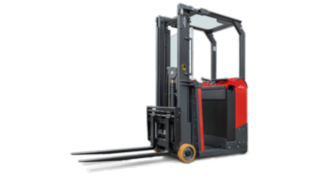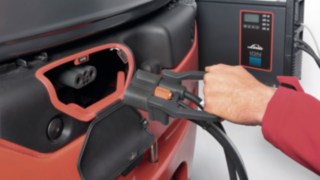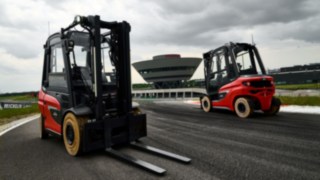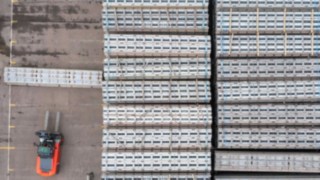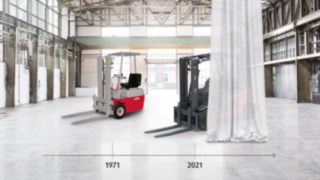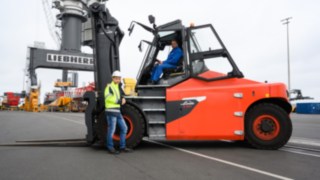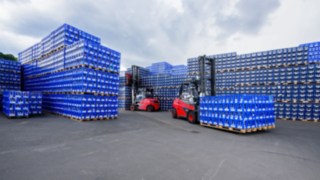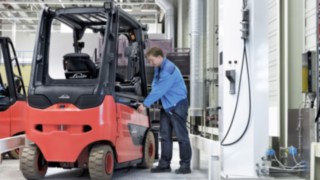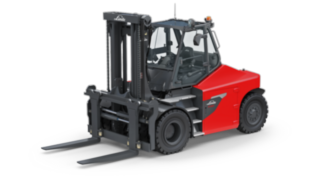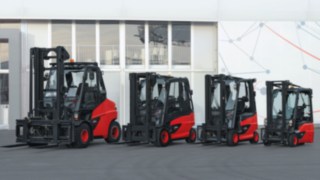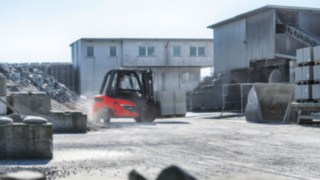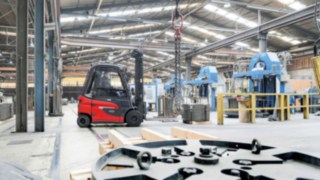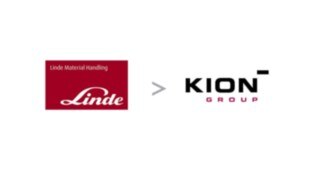
Or do both technologies have a role in warehouse safety?
By Gavin Carslake, Safety Sales Manager UK & Ireland, Linde Material Handling (UK)
If you believe the more alarmist headlines, AI poses the biggest threat to human existence since atomic scientists created a weapon that could destroy the world.
For those of us concerned with safety in warehouses, the impact of AI promises to be rather more benign. The most obvious application is in imaging technology that recognises human movement and responds to potential hazards.
For many businesses mulling over investments in safety, the jury is out on whether AI-powered cameras are actually more effective in creating safe working environments than ultra-wideband, a more established solution that has the added ability to see around corners.
So people are asking themselves: what is the right way to go? It’s the old dilemma of cost versus benefit. Talking to customers and others in the logistics industry, AI is a hot topic.
At the heart of this debate, of course, is a desire to make day-to-day warehouse operations safer without loss of productivity.
UWB can detect human activity behind racking or partition walls, beyond what the eye can see. However, you have to equip all your staff with hardware that can communicate with the UWB technology, usually electronic wearable tags.
That can prove rather expensive in some facilities with hundreds of staff, not least in managing a process that involves issuing fully charged and functioning electronic tags or badges to everyone on site – and collecting them after the shift.
Linde Safety Guard UWB technology has been successfully integrated into the trucks, along with scaleable hardware that enables the user to create speed-limited zones. It means that trucks can be slowed down in pre-defined areas where they are likely to encounter pedestrians or other trucks.
With an AI-enabled camera though, nothing needs to be worn by the pedestrian.
A typical AI installation might involve fork truck-mounted cameras surveying the rear of the truck while reversing. However, it is becoming increasingly popular to have both forward and side-facing cameras too, giving 360-degree coverage. The purpose is to detect pedestrians in a variety of poses or actions, whether fast-moving or slow-moving, sitting or lying down. They can even spot a human if just a leg or arm is visible behind a truck or pallet.
There’s a lot of interest around that capability and it’s now about weighing up the benefits.
As of now Linde Material Handling (UK) has launched a pedestrian AI based camera which can also be integrated into Linde Safety Guard. Having a seamless integration enables customers to harness the benefits of both technologies without compromising safety or performance.
How does the future look? AI cameras do not need to be installed on trucks; they can be static or infrastructure-mounted, scanning areas of the warehouse and able to trigger other safety devices.
Having a safety portfolio that embraces both technologies, allows Linde to offer the best of both solutions. The customer can employ UWB technology to create a speed zone, slowing the trucks down in defined areas, and use the AI camera to alert the operator of nearby pedestrians without requiring them to wear UWB badges.
Alternatively, static mounted AI cameras could lead to speed reductions being applied only when the camera spots that a pedestrian is close by. If there’s no such hazard then the truck does not have to slow down, which is obviously good for productivity.
Safety based AI technology is quite new in the materials handling industry and can be expensive, especially if it needs many cameras to cover every area of the warehouse, not least ‘hot spots’ of human activity. The success of implementing any safety technology is being transparent about its limitations and being aware that you can integrate it with other compatible or pre-existing systems.
Experience tells us that, no one system provides all the answers. The important piece for Linde is being able to consult our customers on the best possible solutions that suit their operational needs. It’s a process that benefits both parties. Linde MH can offer a branded solution from its extensive portfolio of safety products, while gaining valuable feedback that can be used to develop and enhance future safety products.
